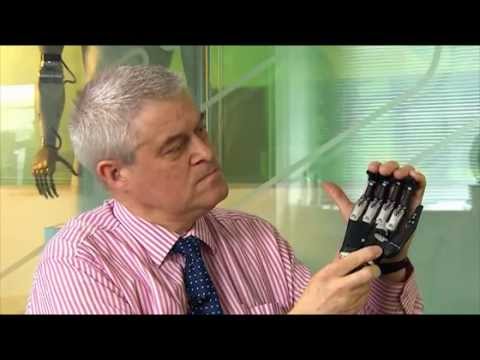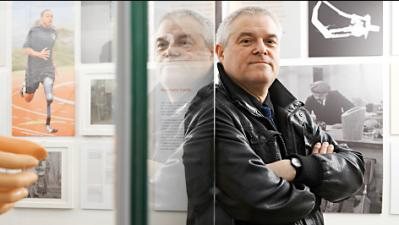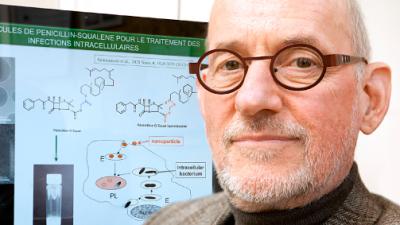David Gow
Cutting-edge prosthetics technology
The invention in a nutshell
The innovative modular design of the i-limb hand invented by David Gow allows the wearer to move individual fingers and perform complicated grips. This makes it the first ‘fully articulated' prosthetic hand in the world. Muscle movement in the residual limb is detected
by the hand's on-board computer and translated into movements in the prosthetic. Previous attempts at creating functional prosthetic hands had failed to deliver the range of motion and digit articulation users require for life and work.
Societal benefit
Over 3000 i-limbs have been sold since the patent was granted in 2006. People with congenital limb defects and people injured in combat are using the i-limb to go about their daily life with an ease that previous prostheses couldn't offer. The i-limb's customisable finger length and size mean it can be worn by adults and children alike. With over a million upper limb amputees globally, many stand to benefit from the invention.
Economic benefit
Touch Bionics recorded more than 100% growth between 2008 and 2009. Only three years after its launch, the i-limb has become the market leader in this specific market segment of prosthetics. Touch Bionics recorded a turnover of over $16 million in 2012.
Media gallery
Patent numbers:
Contact
European Inventor Award and Young Inventors Prize queries:
european-inventor@epo.org Subscribe to the European Inventor Award newsletterMedia-related queries:
Contact our Press team#InventorAward #YoungInventors










